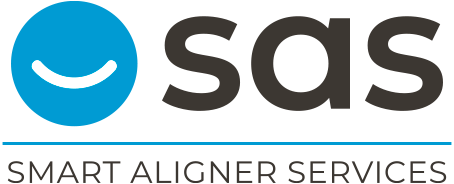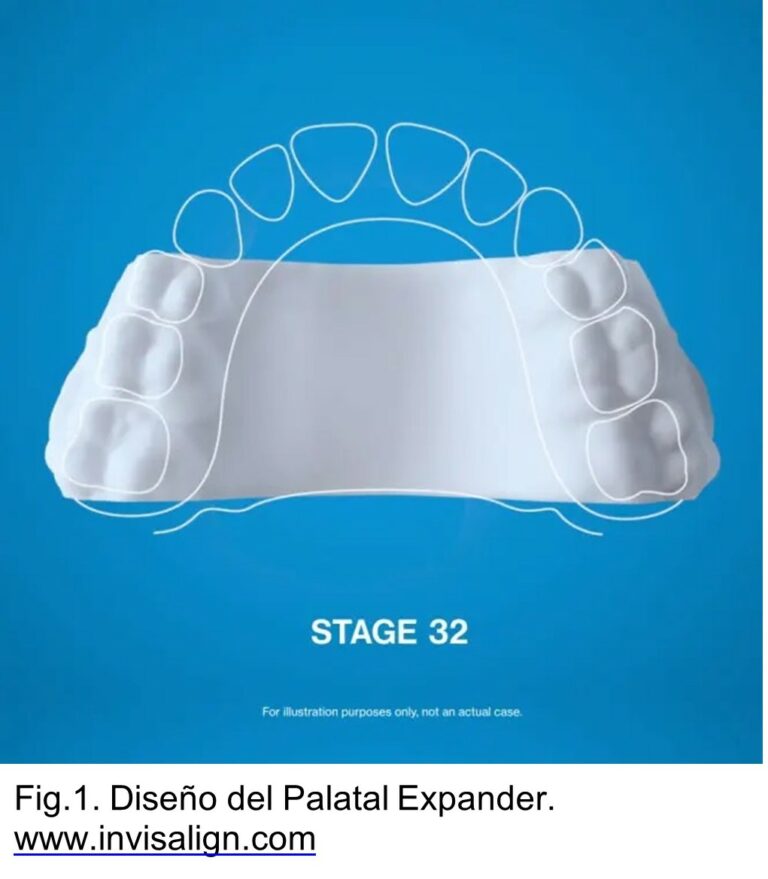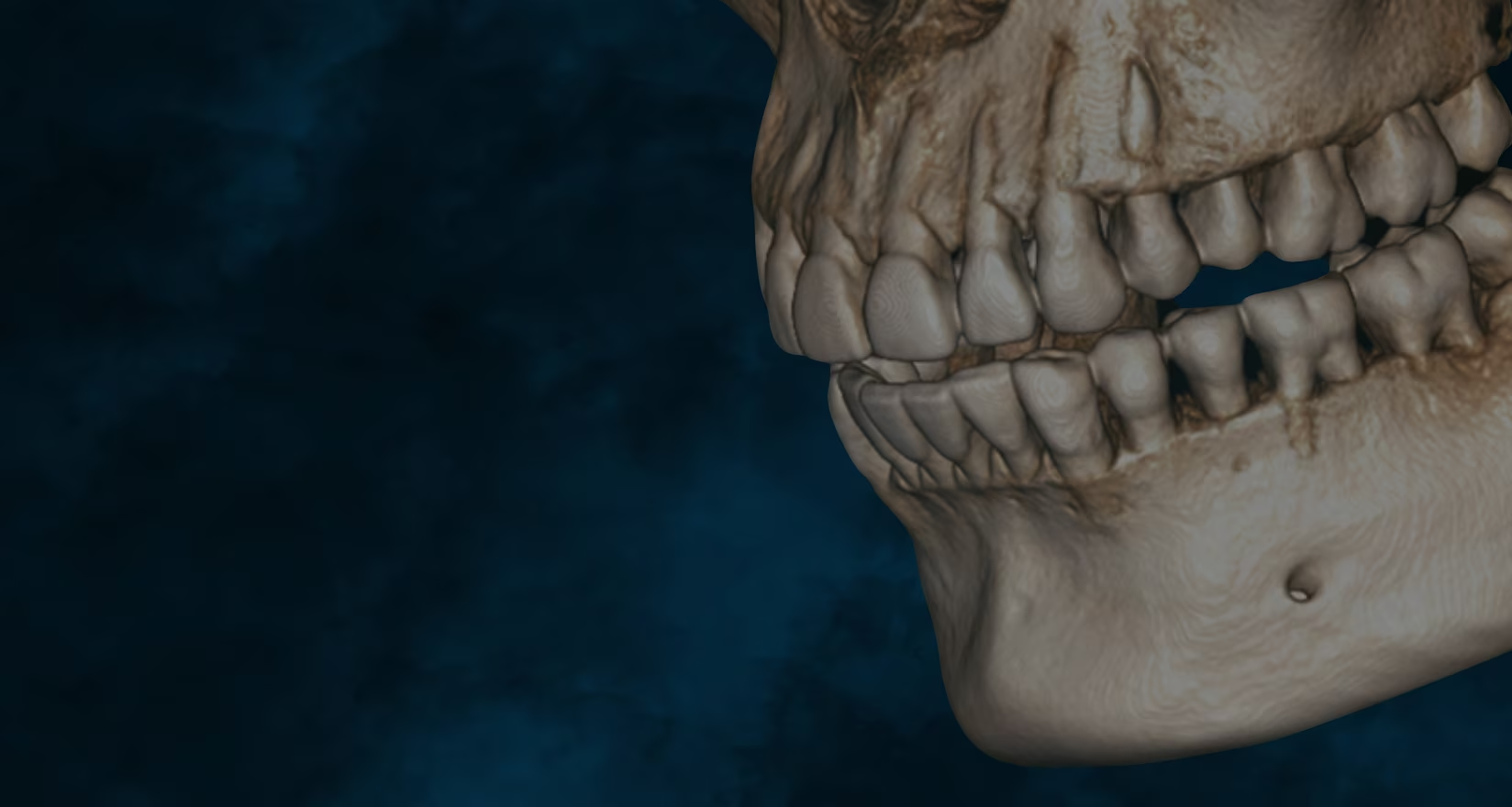
Has CBCT been a step forward in dentistry?
What is CBCT?
The CBCT is a medical imaging technique that uses a special type of computed tomography (CT) scan to obtain three-dimensional images of anatomical structures of the human body.
The introduction of the CBCT in invisible orthodontic planning has been a great advance in terms of safety and predictability. Being able to "see" the areas of bone through which we are going to move the teeth gives us a precision in the treatment that was unthinkable a few years ago. But, at the same time, these tools can make us think that there are certain barriers or limits to some movements, which will ultimately affect the progress of the treatment.
Interpretation challenges
Unconsciously, when we see a CBCT integrated in a ClinCheck, iOrtho or ApproverWe tend to take for granted what appears on the screen. It is difficult for us to "abstract" and understand that this image, although close to reality, is not perfect. In spite of working with the best programmes and having the latest technology incorporated, everything that a screen shows us has a fictional component. Let me give you an example: How many of you think that locking a tooth is synonymous with it staying in place? I'll leave the answer up in the air, because it has an easy solution. This mismatch between reality and fiction also applies to dental movements. Not all movements will be produced in the same way as we see in the ClinCheck. In addition, the CBCTas a diagnostic tool, also has a certain margin of error. To briefly summarise this, we could list several aspects to take into account when using this test:
Considerations When Using CBCT in Orthodontics
- The variability that exists between different brands of aligners in CBCT processing when we do a ClinCheck, an Approver or an iOrtho. In these cases, the DICOM file processing capacity of each company is different and this also leads to different interpretations of the same situation or reality. An example of this can be seen in the following photos, where we can see the same patient uploaded to different platforms and, although the three examples are similar, they are not the same. Notice that the dehiscences that appear in one do not appear in the other and vice versa, and the root sizes do not match either. So, knowing this... Which of these is the best? Hard to say.
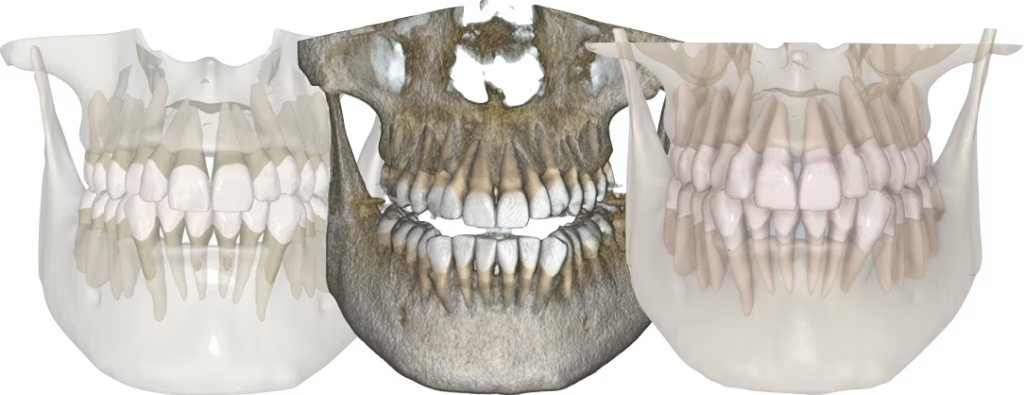

- The variable predictability of the movements. As we mentioned before, even if we see that in an expansion or proinclination movement that the roots are moving out of the cortical bone, this displacement is not going to be exactly the same in the patient. One movement may be more predictable than another, and depending on this predictability we will have a greater or lesser risk of recession. In other words, if the expansion has a predictability of around 80% and we move the roots out of the cortex by 0.5 mm, it is possible that this movement shown on the CBCT is not a risk for the patient, but if we move the roots 2 mm out of the cortex, although this movement is not 100% predictable, there is a greater probability that we will create a recession with orthodontic treatment.
- Bone remodeling capacity. The bone structure that we see integrated with CBCT integrated with digital planning is a static image. We know that, when we move teeth, we are inducing a bone remodeling process that is impossible to reflect in a program (at least, to this day). For example, if we plan an extrusion movement, the teeth are not going to be outside the bone, the structures surrounding the tooth accompany it and the bone moves in the same direction as the movement. For this reason, we sometimes see bone defects in the planning as a result of this staticity. Something similar occurs in anterior retrusion movements, where it is common to see how the roots of the incisors cross the lingual or palatal cortex. The roots may be resorbed, the bone may be resorbed, but, just as we placed an archwire with an extra torque of +20º when closing extraction spaces with brackets, with aligners we will also have to make certain hypercorrections, even if the roots go "outside" the cortex.
Limitations and Risks of CBCT
See the CBCT may limit us or make us more afraid than we were before to apply these mechanics, which, in the end, will make our treatments less predictable on some occasions if we do not know how to interpret it. Taking these factors into account, we see that the CBCT, although a useful tool, is not an accurate tool, nor does it provide the solution to all our problems. Like any other test, it will always be linked to an interpretation by the orthodontist in order to understand what movements are being planned and to what extent these movements may or may not be harmful to a patient.
A test will never replace a good diagnosis and good planning done by qualified specialists.
If you want to know more about CBCT and become an expert with this technique, don't hesitate to inform yourself on the SAS Method. You will learn how to use CBCT in the field of invisible orthodontics.
Share this post:
Other entries
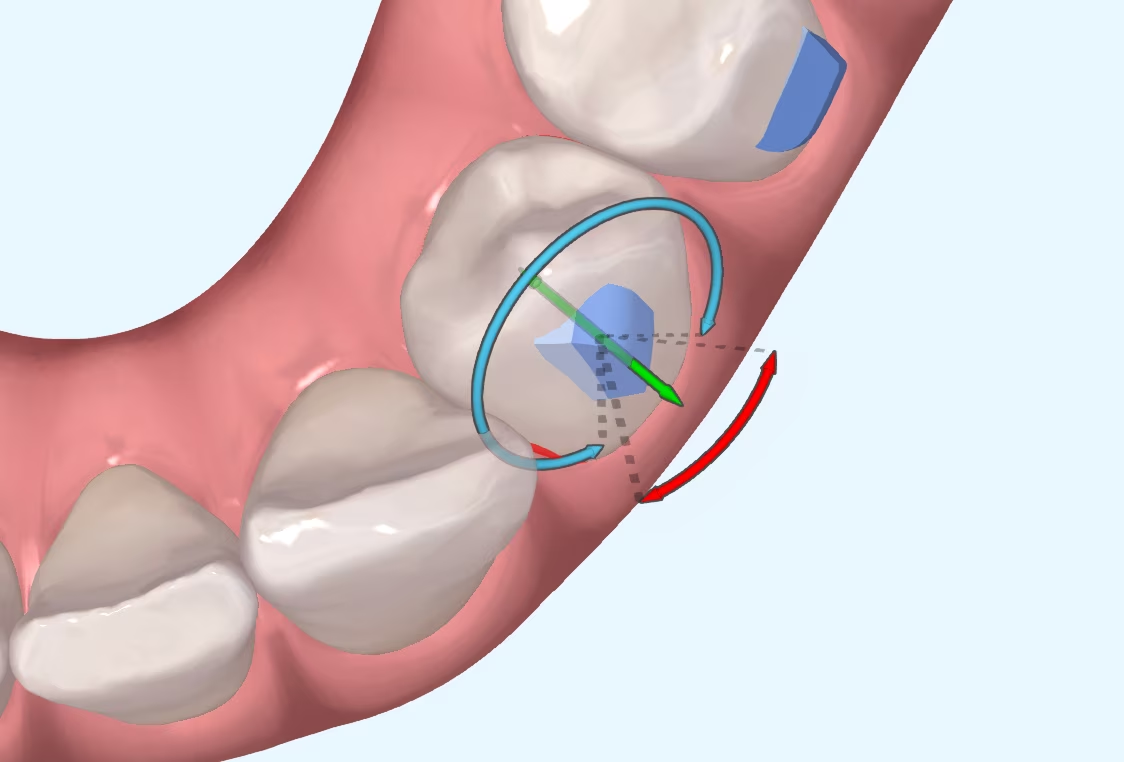
Which attachments are better for premolar rotation?
I suppose many of you are familiar with the myth of Achilles, the Greek hero who was immersed as a child in the River Styx by his mother in order to make him

Has CBCT been a step forward in dentistry?
What is CBCT? CBCT is a medical imaging technique that uses a special type of computed tomography (CT) scan to obtain three-dimensional images.
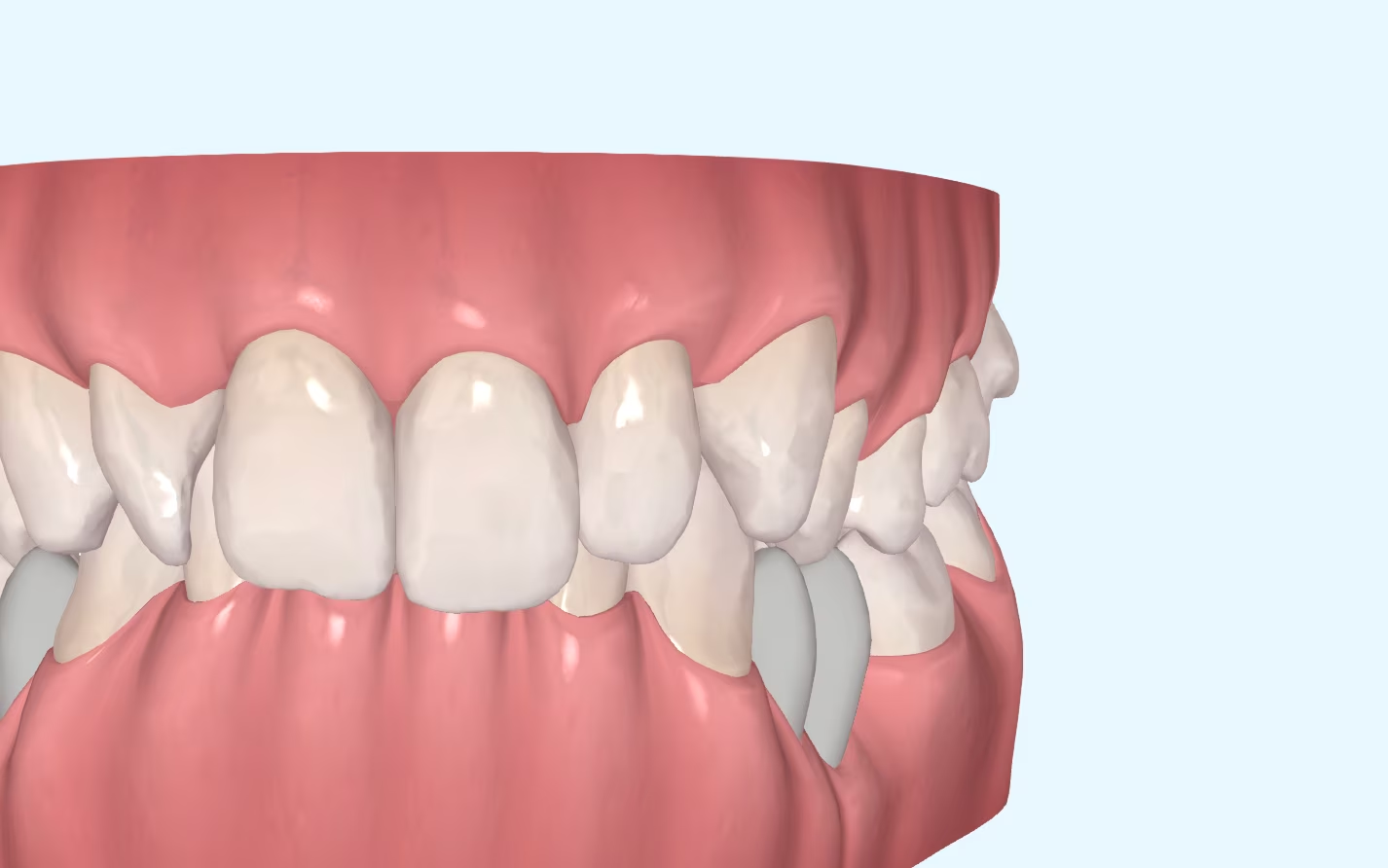
Mastering the Overbite: Strategies and Challenges:
Challenges of Overbite In the more than 20 years that we have been working with invisible orthodontics, we have gone from considering some malocclusions "impossible" to daring to

Are we aware of what we are doing?
It is not a question to make us feel guilty. It is only a question that invites us to reflect, to think about the impact we can have in
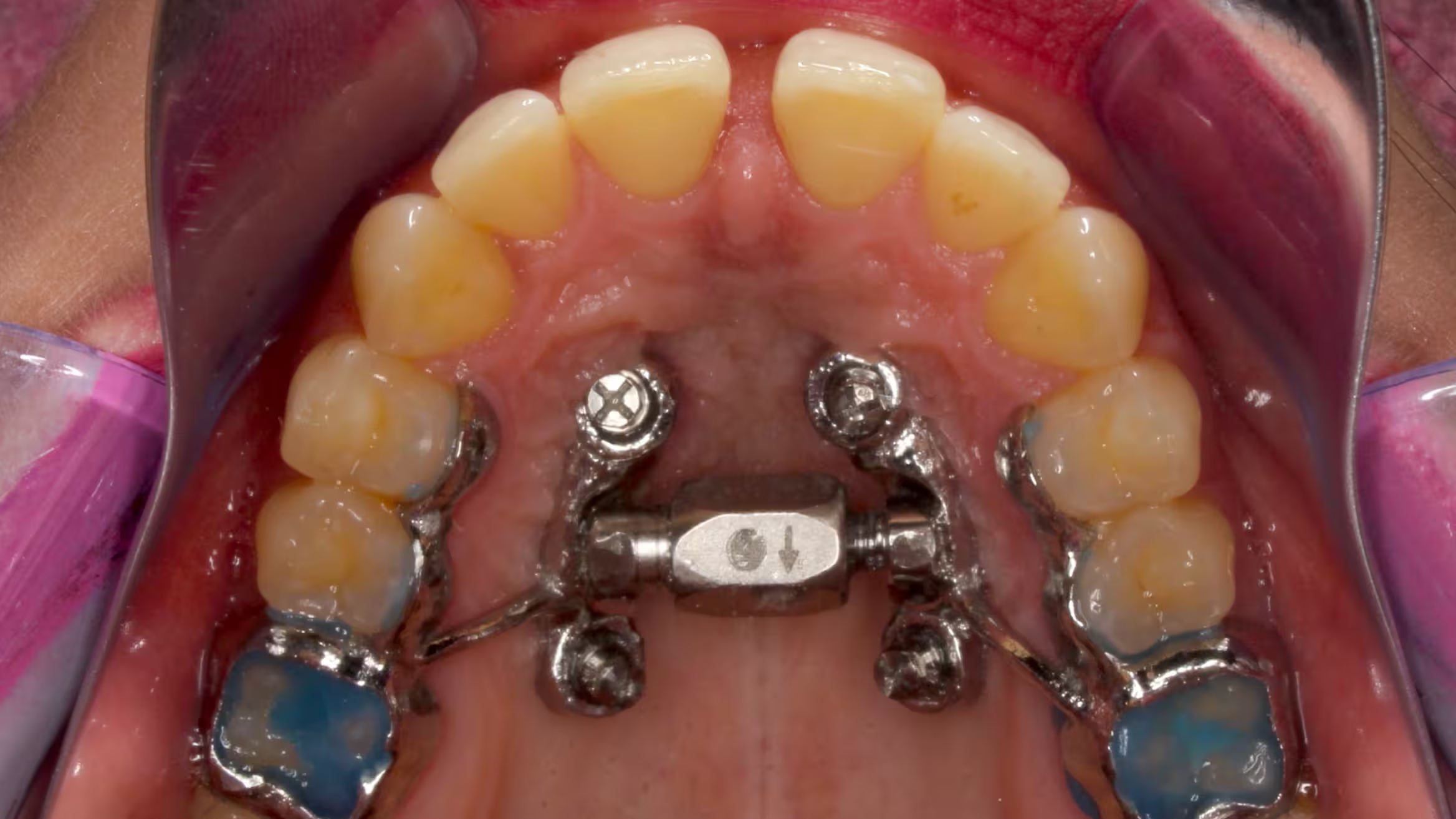
MARPE: Is there an age limit for placement?
Introduction: Understanding Maxillary Compression Maxillary compression is a relatively common problem seen in our daily practice. This osseodental discrepancy that presents the
